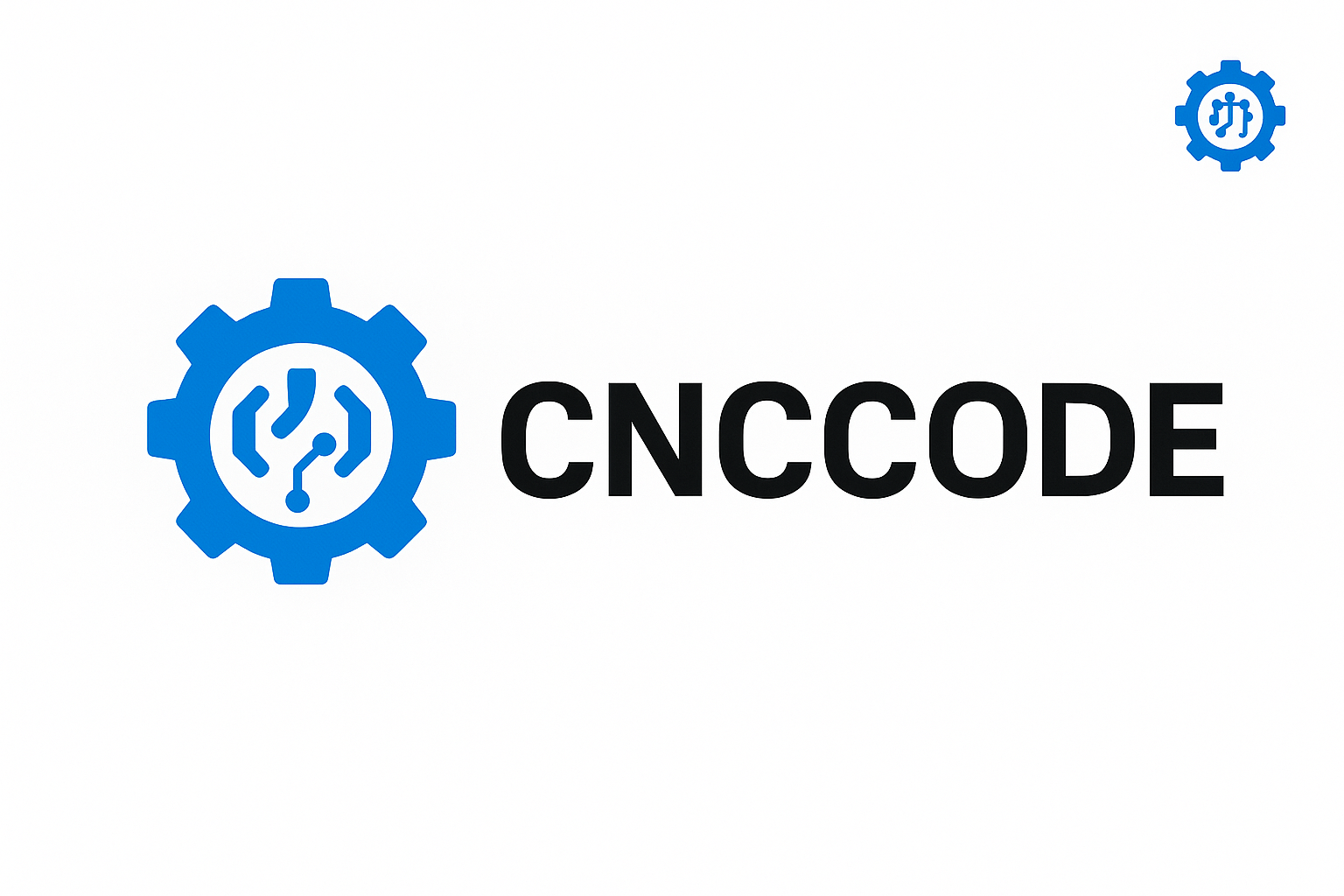Learn how to troubleshoot CNC machine issues with this expert-level guide. Discover solutions for servo errors, spindle faults, tool change failures, and more—plus preventative tips to avoid costly downtime.
CNC Troubleshooting: Expert Solutions for Common Machine Errors and Downtime Prevention
CNC machines are the lifeblood of modern manufacturing, delivering high-precision components across industries. However, even the most advanced machines encounter mechanical, electrical, or software-related problems. Knowing how to troubleshoot these issues can save time, money, and production integrity.
Why CNC Troubleshooting Matters
Machine downtime leads to production loss, increased costs, and dissatisfied customers. Developing a troubleshooting protocol ensures:
- Faster problem identification
- Less frequent downtime
- Lower repair costs
- Longer machine lifespan
Top CNC Troubleshooting Categories
1. Servo and Axis Errors
Symptoms: Jerky movement, position loss, alarms.
Causes: Faulty encoders, dirty guides, incorrect parameter settings.
Fix: Inspect servo drive diagnostics, clean ball screws and rails, recalibrate zero positions.
2. Spindle Malfunctions
Symptoms: No rotation, overheating, excessive noise.
Causes: Worn bearings, drive failure, bad VFDs.
Fix: Monitor spindle RPMs, check cooling systems, test spindle drive voltage.
3. Tool Change Failures
Symptoms: ATC jams, carousel misalignment, tool stuck in spindle.
Causes: Dirty drawbars, faulty sensors, hydraulic/pneumatic failure.
Fix: Clean tool holders, inspect proximity sensors, restore air/oil pressure levels.
4. Software & Program Errors
Symptoms: Program halts, line skips, unexpected axis motion.
Causes: Corrupt G-code, incorrect post-processor, outdated firmware.
Fix: Simulate program offline, check for syntax errors, update firmware.
Common CNC Error Codes & Their Meaning
Each CNC control system (Fanuc, Haas, Siemens, Heidenhain) has its own set of error codes. Here’s a brief breakdown:
| Control | Error Code | Description |
|---|---|---|
| Fanuc | Alarm 401 | Servo Overload |
| Haas | Alarm 118 | Spindle Drive Fault |
| Siemens | Drive Fault 750 | Axis Power Failure |
| Heidenhain | IDN Error 42 | Encoder Feedback Loss |
Step-by-Step CNC Troubleshooting Process
- Observe the machine’s behavior and alarms
- Access diagnostic logs from control system
- Check physical components: wiring, drives, relays
- Test electronic components using a multimeter
- Refer to manufacturer documentation
- Replace or repair the faulty component
Preventive Maintenance for Fewer Errors
- Daily lubrication checks
- Weekly tool calibration
- Monthly filter replacements
- Quarterly software diagnostics
- Annual electrical inspections
Real Case Studies
Case 1: Axis Drift on a 5-Axis Mill
Issue: Random axis drift during rapid moves.
Solution: Replaced a worn-out encoder on the B-axis. Error resolved permanently.
Case 2: Lathe Spindle Not Starting
Issue: Spindle wouldn’t start intermittently.
Solution: Faulty relay replaced in the spindle controller. Regular operation restored.
Future of CNC Troubleshooting: AI & IoT Integration
Predictive maintenance using AI and IoT sensors is becoming mainstream. These systems can detect anomalies using vibration, heat signatures, and current flow, enabling fixes before failures happen.
When to Call a Specialist
While many issues are solvable in-house, call certified technicians when:
- Errors involve mainboards or PLC logic
- Electrical shorts threaten safety
- Machine behavior is erratic and unpredictable
Downloadable CNC Troubleshooting Checklist
Keep a printable checklist near your machines:
- ✔ Read alarm code
- ✔ Perform visual inspection
- ✔ Run diagnostics
- ✔ Confirm parameters
- ✔ Test hardware
- ✔ Apply corrective action
Conclusion
Effective CNC troubleshooting is not just about fixing problems—it’s about understanding your machine’s language. By applying the right techniques, using the correct tools, and staying proactive with maintenance, you can drastically reduce downtime and extend the life of your CNC investment.
Bookmark this guide and share it with your team to build a high-efficiency, error-resilient CNC operation.

Leave a comment